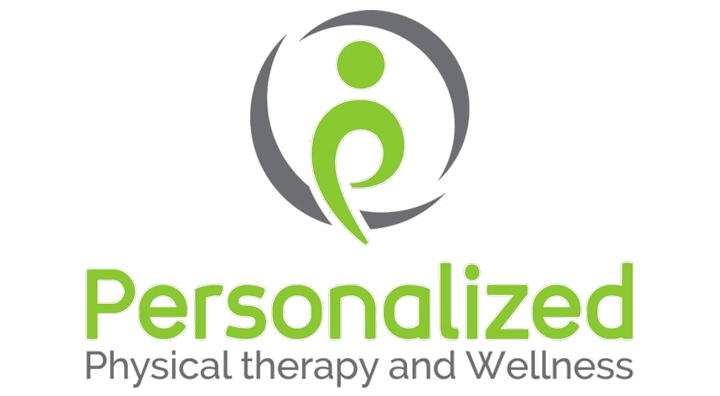Lateral epicondylitis.
The most common symptoms tennis players experience — what is often referred to as “tennis elbow” — involves swollen tendons in the arm. This can result in pain extending through the elbow, forearm, and wrist.
This can make other activities painful as well even after you’ve left the tennis court, such as turning a screwdriver or even a doorknob.
Longer term, stronger and more flexible forearm muscles can help avoid this troublesome condition.
However, if the tennis elbow symptoms don’t subside on their own with rest and icing the arm, physical therapy may be needed to rehabilitate your arm.
You may want to consider physical therapy if your symptoms include:
- Difficulty with simple tasks involving your hand and arm, such as even holding a cup of coffee without discomfort
- Increased pain when you lift objects or grip things tightly
- You notice pain radiating into your forearm and wrist
- Persistent elbow stiffness
- Noticing that your forearm and wrist suddenly seem weaker, like you have noticeably less strength doing tasks than before
How physical therapy can help with elbow, wrist, and forearm pain:
A physical therapist can assess your condition and determine whether a brace is needed, and how often you should be stretching or icing.
Physical therapy typically works in two parts. One part is the hands-on component during your actual visit with the PT. Stretches and physical manipulation during the appointment are to assess condition and relieve pain.
Beyond the visit itself (whether in-office or in your home), the physical therapist will create a treatment program for you, detailed with all the things you can do at home — and changes you can make to your routine — to alleviate pain and restore mobility and strength. And more importantly, things you can do to prevent subsequent injury.
After all, you don’t want to end up injuring your elbow again if you can help it.
Check out our Tennis Special for a great price on actionable information you can put to use right away!

